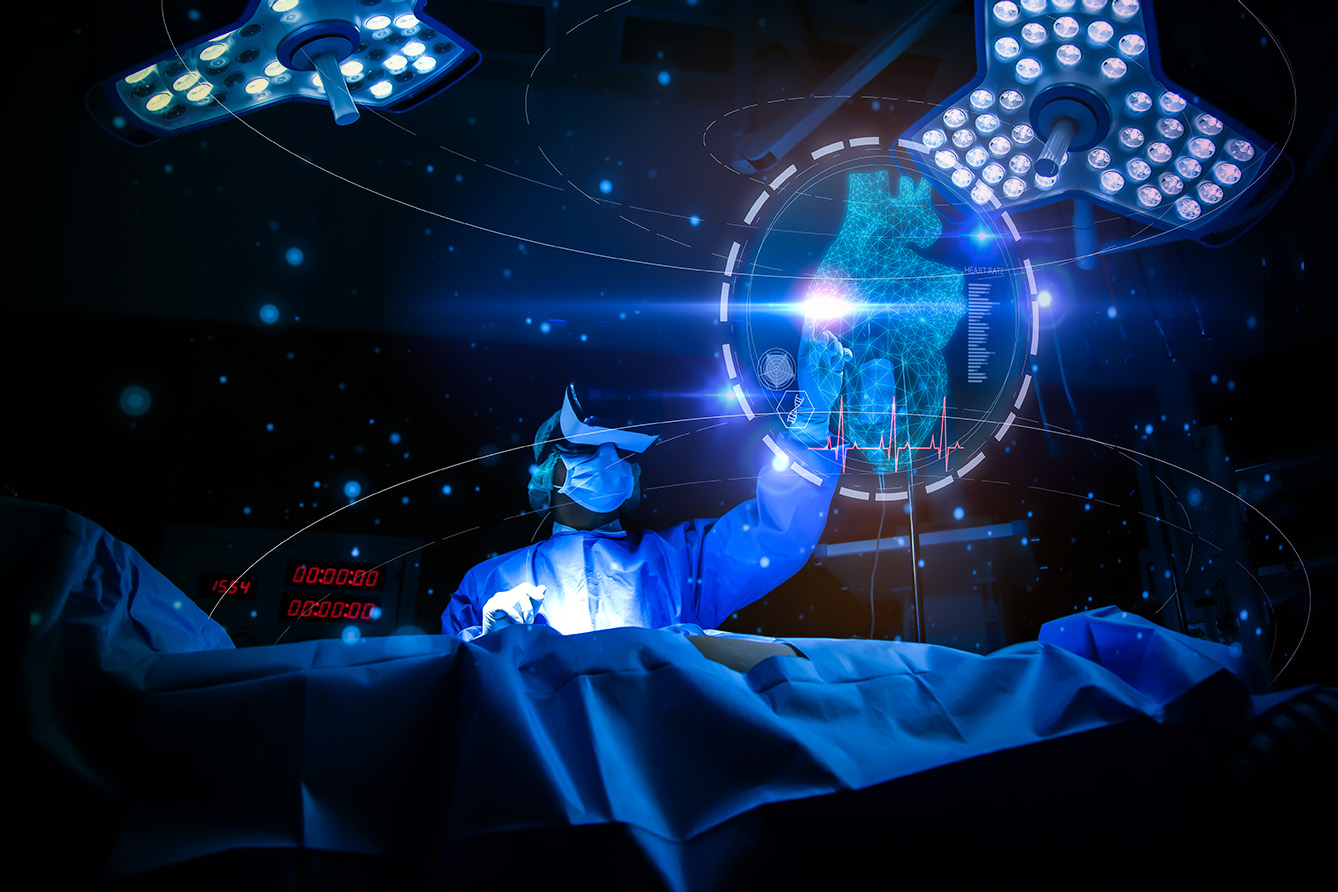Remote surgery technology has been with us for some time now. Once in a while, the media circulate pictures of doctors glued to monitors, using complex manipulators to control robotic arms equipped with surgical tools. The technology we are talking about is of a different kind. It involves a team operating on-site supported by a team up to thousands of kilometers away using 3D Virtual Reality imaging.
This was the case for an abdominal aortic aneurysm operation on a 61-year-old patient. The procedure itself was performed in Sofia by a team of doctors (and IT specialists!), supported and navigated in real-time by the team of Professor Tomasz Zubilewicz and Dr. Marek Iłżecki from the Department of Vascular Surgery and Angiology at the SPSK1 in Lublin. Doctors from this clinic have extensive experience. Over the past 25 years, they have performed an average of about 100 endovascular treatments for abdominal aortic aneurysms annually. No amateurs here.
Remote surgery from thousands of kilometers away
The whole procedure can be called an advanced medical consultation. Supporting doctors wear special goggles through which they can see a 3D tomographic hologram. This enables them to assess required actions and risks and then instruct and determine optimal surgical procedures, relaying them to the team operating in real-time.
When you put on the goggles, you see the operated area in front of you in the air. It is a digital slice of a section of the human body
Dr. Marek Iłżecki
“When you put on the goggles, you see the operated area in front of you in the air. It is a digital slice of a section of the human body. The image displayed is extremely precise. We can actually see the anatomy of the aneurysm in three dimensions in a particular patient. We can rotate this image, zoom in, see a cross-section to assess all structures and cavities,” explains Dr. Iłżecki.
This technology can be used in many other fields of surgery, such as neurosurgery, general surgery, and pulmonology. What is also worth emphasizing is that the 3D visualization system supporting doctors comes via the CarnaLife Holo application created by the Krakow-based company MedApp. Work on it has been going on since 2017.







